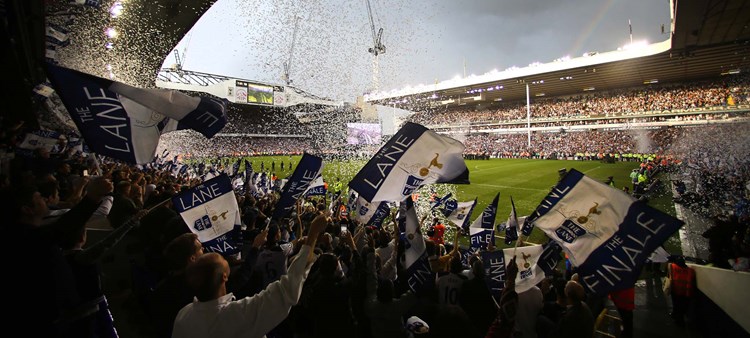
White Hart Lane

The Lane 360
Stunning look-back at our famous former ground.
Tottenham Hotspur are proud to present The Lane 360. Re-visit White Hart Lane and explore some of its most famous locations, alongside rooms previously off-limits. Watch as the rooms come to life in 360 degree video, with footage from our final matches and memories from legends, fans and the current squad.
History of White Hart Lane
The Club said a fond and emotional farewell to White Hart Lane at the end of the 2016-17 season, 118 years after the doors first opened to what would become one of the most famous sporting venues in the world.
Our Premier League game against Manchester United on May 13, 2017, was the last-ever match to be staged at the Lane and we ensured the stadium received the finale it so richly deserved as we won 2-1 to remain unbeaten in N17 throughout the entire campaign.
The history of White Hart Lane began in 1899, when we moved to the site which was then a disused nursery owned by the brewers Charrington.
The local land was well known for its superb growing conditions and George Beckwith - landlord of the White Hart public house from 1859 to 1898 and also a nurseryman - had set up the Tottenham Nursery on the site behind his pub at 750 High Road.
The land was rented from the brewery and a pitch prepared by groundsman John Over. Mobile stands which had been used at the previous ground - situated between numbers 69 and 75 Northumberland Park - were set up on the new site giving cover to 2,500 spectators. The Club offices, previously at 808 High Road, were also housed at the new enclosure.
The first event staged at the ground was our third annual military tournament on August 7, 1899, when 5,000 people turned up to view the new surroundings and watch the players take part in various athletic pursuits. The first match was a trial game between the Whites and Stripes on August 22 and three more similar fixtures were played prior to the Notts County game which marked the official opening on Monday, September 4. A 5,000 crowd saw County, then in Division One, beaten 4-1.
The receipts amounted to £115.18s.3d. of which £57.17s.9d. was paid to the visitors. The following Saturday 11,000 turned up to see the first competitive fixture, a 1-0 win over Queens Park Rangers in the Southern League. The receipts for this match were £329.4s.3d. A season ticket to the main stand cost 15s. for all home matches at the new ground.
Within five years the ground had a main stand seating 500, covered accommodation for some 12,000 and an overall capacity of 32,000. However, the terms of the lease restricted the Club's ambitions and in 1905 an offer of 5,000 £1 shares was made through the Club handbook to contribute towards the £8,900 needed to acquire the freehold plus a further £2,600 for the land at the Edmonton end. A total of 2,000 shares were taken up and a huge bank built at the Paxton Road end, mirroring the Park Lane end developed a year earlier. This brought the capacity up to 40,000.
A section of the crowd at White Hart Lane, London, who watched the home side,Tottenham Hotspur, play Leicester City in an FA Cup fifth round tie, 7th February 1948. Spurs won the match 5-2.
Having secured Football League status, plans were drawn up by football ground architect Archibald Leitch for a new main stand. Seating 5,300 with a paddock for over 6,000 in front it was opened for the visit of Manchester United on September 11, 1909, our first home fixture in Division One. By the end of that season a copper cockerel and ball adorned the apex of the mock-Tudor gable. The whole of the East Stand was also covered in 1909 and enlarged two years later when the wooden terracing made way for concrete, increasing the ground holding to 50,000. By this time the ground was frequently being referred to as White Hart Lane, previously it was recorded as the High Road ground or White Hart grounds.
The profits of our 1921 cup win were used to build a split level covered terrace at the Paxton Road end and two years later the Park Lane end was similarly developed at a cost of over £3,000. Leitch was again involved in their design which increased the capacity to around 58,000 with room for 40,000 under cover.
The East Stand development was completed in 1934, costing £60,000, and was again designed by Leitch. Officially opened for the visit of Aston Villa on September 22, it encompassed 5,100 seats and 18,700 terrace spaces increasing the ground capacity to nearly 80,000. The summer of 1934 also saw the West Stand roof upgraded resulting in five of the ten supports at the front of the stand being removed.
In 1921 the club purchased the Red House at the front of the ground, which had been used as a restaurant and coffee house for many years, and converted it into the Club office. However, it was not until 1937 that the Club's registered offices change from the original 750 High Road to number 748.
When the pitch was renovated in 1952, remnants of the old nursery were found including a concrete water container, iron piping and greenhouse foundations.
A year later floodlights were introduced. Set on four corner poles they were upgraded in 1957 which necessitated the removal of the cockerel from the West Stand. It duly reappeared on the East Stand in December, 1958. Floodlight pylons appeared in 1961 when a new system was installed. A year later the rear of the Park Lane stand was fitted with 2,600 seats
In 1963 the Paxton Road stand underwent a similar transformation with 3,500 seats installed and in 1968 was extended to link up with the West Stand, providing a further 1,400 seats.
Another new floodlight system was introduced in 1972 at a cost of £26,000. A year later the West and South stands were linked with an additional 700 seats. November, 1980 saw the old West Stand demolished and replaced 15 months later by the present structure, officially opened on February 6, 1982, for the match against Wolverhampton Wanderers.
The summer of 1989 saw the East Stand refurbished signalling the disappearance of the floodlight pylons to be replaced by spotlights on the East and West stands. The stand was re-opened on October 18 for the visit of Arsenal.
The summer of 1992 saw seats replace the lower terrace in both the East and South stands and the following year the Lower North Terrace was also converted to an all-seater area, with the roof of the North Stand built to link up with the East and West stands.
In 1994, the South Stand was demolished and seats were installed on The Shelf section of the East Stand. A year later the new South Stand was completed, incorporating the Jumbotron screen. Again, the East and West stand roofs were linked to give a wrap around effect throughout the stadium.
Summer, 1996, saw the South Stand interior developed incorporating four new executive lounges and restaurants on the first, third and fourth levels, and the pitch reconstructed. In April, 1998, the new North Stand opened increasing the capacity to 36,238. In 2006, minor alterations to the seating configuration increased the capacity to 36,310.
For the 2016/17 season, the last at the Lane, the north-east corner was demolished - reducing the capacity to around 32,000 - to aid the continuation of the Northumberland Development Project, which includes our new world-class stadium and associated development. This scheme represents an important step forward towards delivering much-needed regeneration in Tottenham.
After leaving White Hart Lane in May, 2017, we played our home matches at Wembley Stadium throughout the 2017/18 season while the old stadium was demolished and construction of our new home continued. Wembley also hosted a number of our home games in 2018/19 before we officially opened our new stadium in April, 2019.













































